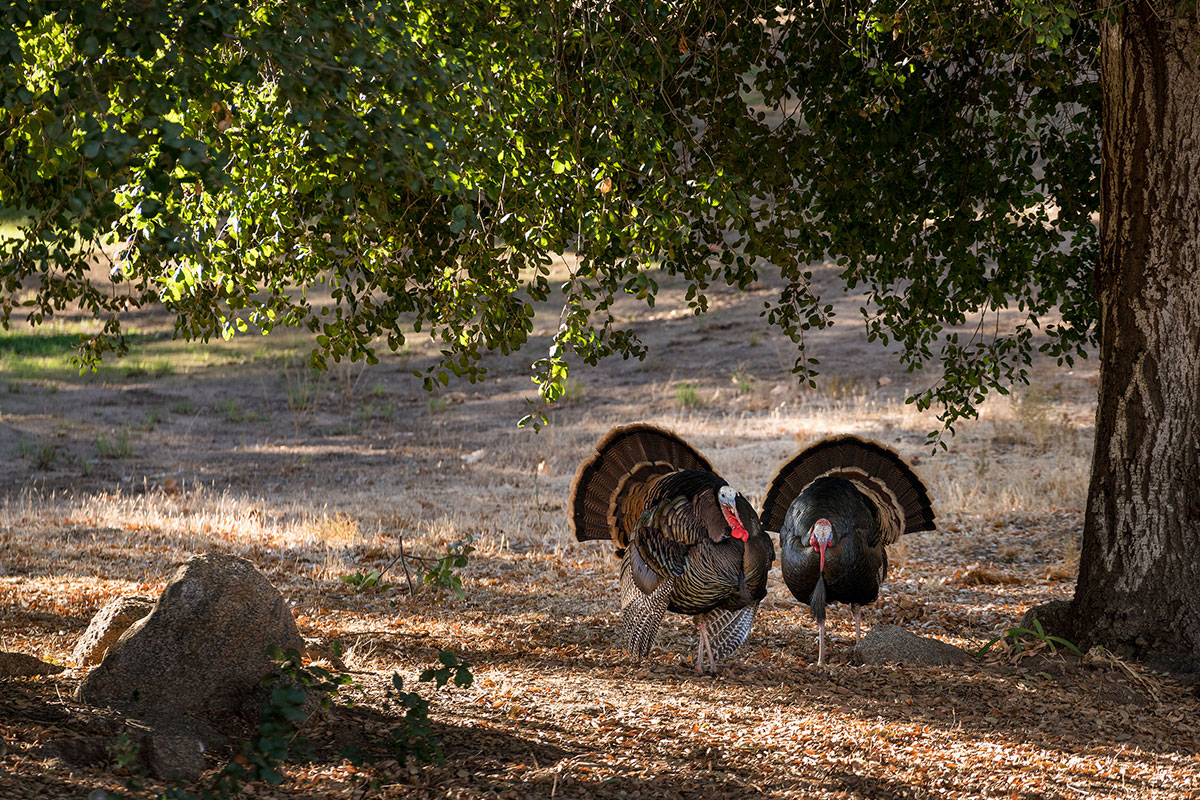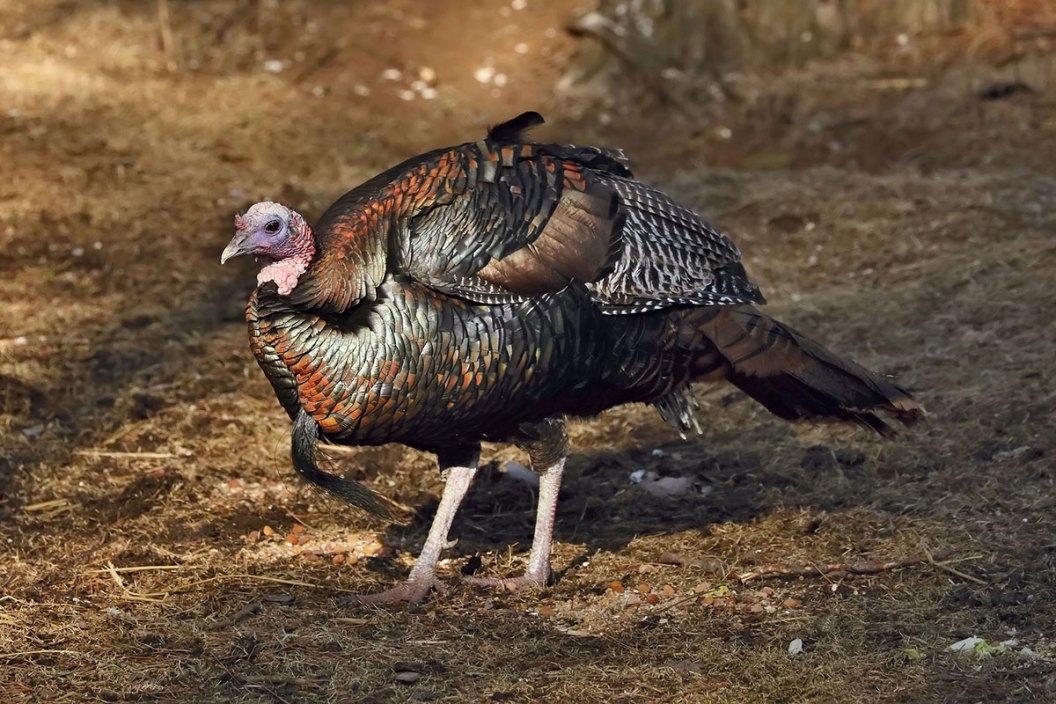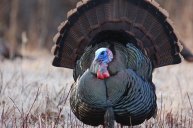Nothing fires up a hunter like the sound of morning thunder in the spring, but how much do you really know about the lives of wild turkeys?
The wild turkey - meleagris gallopavo - lives throughout North America, with a variety of subspecies spread mostly throughout the U.S.
The eastern wild turkey has a vast home range from southern Canada to northern Florida and as far as the midwest. The smaller Osceola turkey is found in Florida, while Gould's turkeys live in the the North American west. Rio Grande and Merriam's turkeys primarily roam the midwest and western states.
Hybrids of these subspecies also exist throughout much of the country, and the related ocellated turkey with its vibrant colors and unique tail feathers, is found in Mexico.
The Wild Turkey Lifespan and Cycle
Breeding season can vary based on subspecies, location and weather, but it typically occurs in early spring. Male turkeys gobble and strut to attract the female turkeys.
Bred hens lay 10-12 eggs over a two-week period, and constant incubation for 26-28 days begins once the last egg is laid. As hatching begins, the hens make soft clucks. A mother with brand new poults that are unable to roost high in a tree is especially vulnerable.
By week three, young turkeys can begin roosting in low trees, and their chances for surviving into adulthood greatly increase once they reach six weeks.
While body growth typically ends for juvenile males and females by that first winter, a Tom's beard and spurs can continue to grow all the way to their death.
Wild Turkey Predation and Death

Predators are a major concern to healthy wild turkey populations. Raccoons, opossums, skunks and snakes are some of the biggest threats to turkey eggs. Other birds including bald eagles and owls kill poults, and adult wild turkeys are still at risk with coyotes, foxes and bobcats on the prowl.
In addition to predation, these game birds often die due to disease, lack of suitable habitat with food and of course turkey hunting.
The average life expectancy is three years old for a hen and four years old for adult males, or gobblers. Domestic turkeys can, unsurprisingly, live longer thanks to more predator protection, a different diet, and other factors.
So when you hear male wild turkeys gobbling in the pine forests, or see them strutting through an open field, you now have a better idea of what they've gone through during their lifespan.
The bird that won over Benjamin Franklin, not to mention millions of turkey hunters across the nation, is one that's always intrigued us, and have continued to do so throughout history.
To learn more about how to preserve the populations of this American bird, check out the resources from the National Wild Turkey Federation.
For turkey hunting gear and more, be sure to check out Cabelas.com.
NEXT: 8 OF THE BEST TURKEY HUNTING SHOTGUNS ON THE MARKET RIGHT NOW
WATCH





